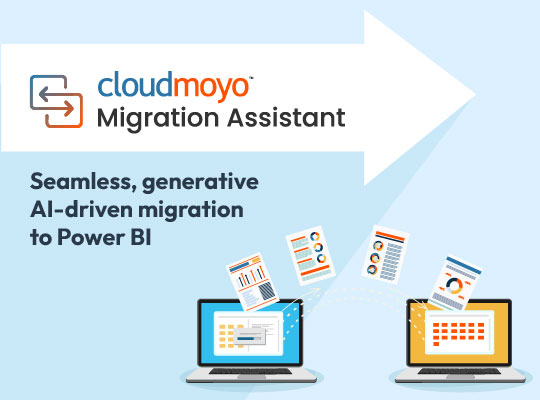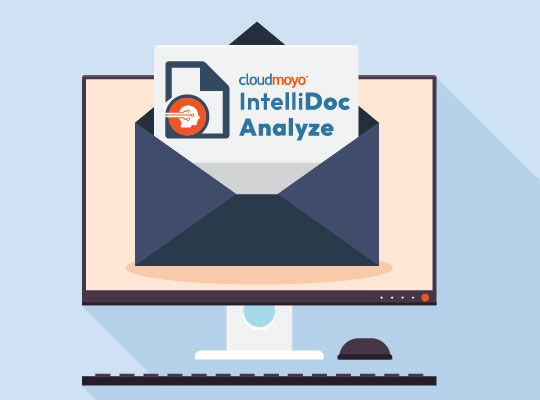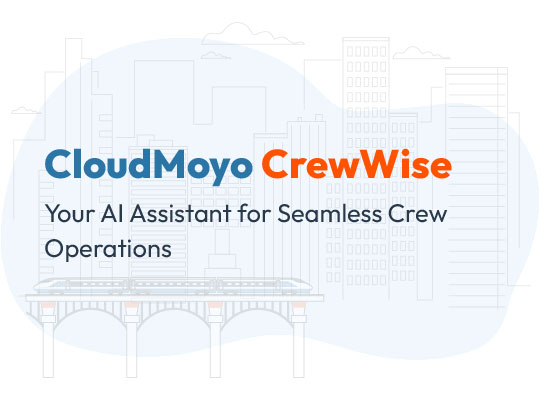“Infrastructure is a big selling point for Amazon Web Services, but Microsoft is an important competitor, especially for clients who are already using the Microsoft stack. They can connect their domains seamlessly in these cases. Hybrid solutions work very well with the Microsoft Azure stack.” says Venu Machavaram, Director of Cloud Architecture at CloudMoyo in an interview with Clutch. Clutch is a Washington, DC-based research firm focused on the technology, marketing, and digital industries providing independent, quantitative, and qualitative analysis on leading services firms to support procurement decisions in small, medium and large enterprises.
CloudMoyo helps modern enterprises define their path to the Cloud and leverage the power of data driven insights. CloudMoyo utilizes Microsoft Azure in a hybrid setting, and often is subject to compliance regulations, such as HIPAA (Health Insurance Portability and Accountability Act). They state that Microsoft Azure provides easier infrastructure implementation, and organizations can see a positive offset in operational costs within the first five years. CloudMoyo recommends the Microsoft Azure platform to organizations familiar with the Microsoft stack. Venu talks to Clutch about his experience of working on the Azure platform
What is the business challenge a company faces that initiates the need for this platform?
Companies are concerned with costs as well as getting the right resources for these operations. Even though the cloud is something that people talk about constantly, the right skillsets aren’t implemented everywhere yet. The time necessary for migrating to the cloud and defining new business processes are also primary concerns. There are enterprises which have been in the market for 50-100 years. They have established processes and they can be uncertain in terms of how such a change will affect them.
What is the process for implementing Microsoft Azure?
Legacy systems I’ve seen had been grown organically through a period of 15-20 years. If someone will move to the cloud, the reason will likely be reducing IT operational costs. The typical way to do this move is through a lift-and-shift. If Microsoft is chosen as the solution, it will be a team process which will be implemented easily with the domain connectivity offered. Operational costs won’t be offset within the first two years, but if the job is done correctly, it can happen within five years. It’s also important to note that such a move cannot be done all at once. Performance testing and the volume of the data itself are the factors to consider. Once the team is confident that the move can be done seamlessly, they can proceed.
The way in which data is stored can be hybrid and it varies from organization to organization. IT departments typically focus on cost from an operational perspective, experimenting with various apps until they are certain that a move to the cloud is possible.
Once a hybrid cloud solution has been put in place for the legacy systems, the company can ramp up the right skills and slowly start learning how to design and architect their solutions for moving forward. Any new development projects will then be made exclusively with a focus on cloud implementation, and within a couple of years, the teams will be completely ramped up for the new skills required.
In what scenario would you recommend Microsoft Azure over other platforms?
Infrastructure is a big selling point for Amazon Web Services, but Microsoft is an important competitor, especially for clients who are already using the Microsoft stack. They can connect their domains seamlessly in these cases. Hybrid solutions work very well with the Microsoft Azure stack.
The Microsoft solution is not fully realized within their Software as a Service [SaaS] offerings. There is a lot of cost involved in bringing a platform to their cloud system, as well as the right skills, team, and architecture. Businesses considering Microsoft Azure as a solution would likely take this factor into account. Microsoft should bring some simplicity in their services, making a way to seamlessly connect SQL servers through the cloud, for example.
Are there any software features/tools that you were really impressed by?
Power BI is one example of a very successful SaaS product from Microsoft. Office365 and Lync are also good examples of valuable products they offer. From our perspective as an analytics company, I see a lot of potential in the Power BI and SharePoint platforms.
Tableau is the main competitor to Power BI on the analytics side. Analytics are a two-part operation: visualization and data management. Microsoft has the right tools in place for data management, and they will continue to progress throughout 2016 in their ability to move data to the cloud. Visualizations can also be made locally though, if security is a concern.
Once Power BI picks up, business intelligence analysis can be done within the server, together with the SQL data warehouses. Businesses are open to these solutions. The only concern is the way in which data is secured. I definitely see potential for growth in this segment for Microsoft, although they are a little late to arrive in the cloud market.
Looking back, are there any areas of the platform that you feel could be added or improved upon?
Right now, I’m not assessing Microsoft Azure so much from a technical point of view. The biggest challenge for them is expressing a clear message in the market in order to stand out from their competition. Sometimes, even though a company may be offering the right solution, their message may not be coming out well. They’re also doing a catch-up game in certain areas, like offering seamless backward compatibility with certain platforms. Migration capabilities offered within SharePoint would be one example.
This interview is part of a detailed review on Microsoft Azure published on Clutch. Read the entire review here.
Click here to explore CloudMoyo’s Data Warehousing Solutions.



















